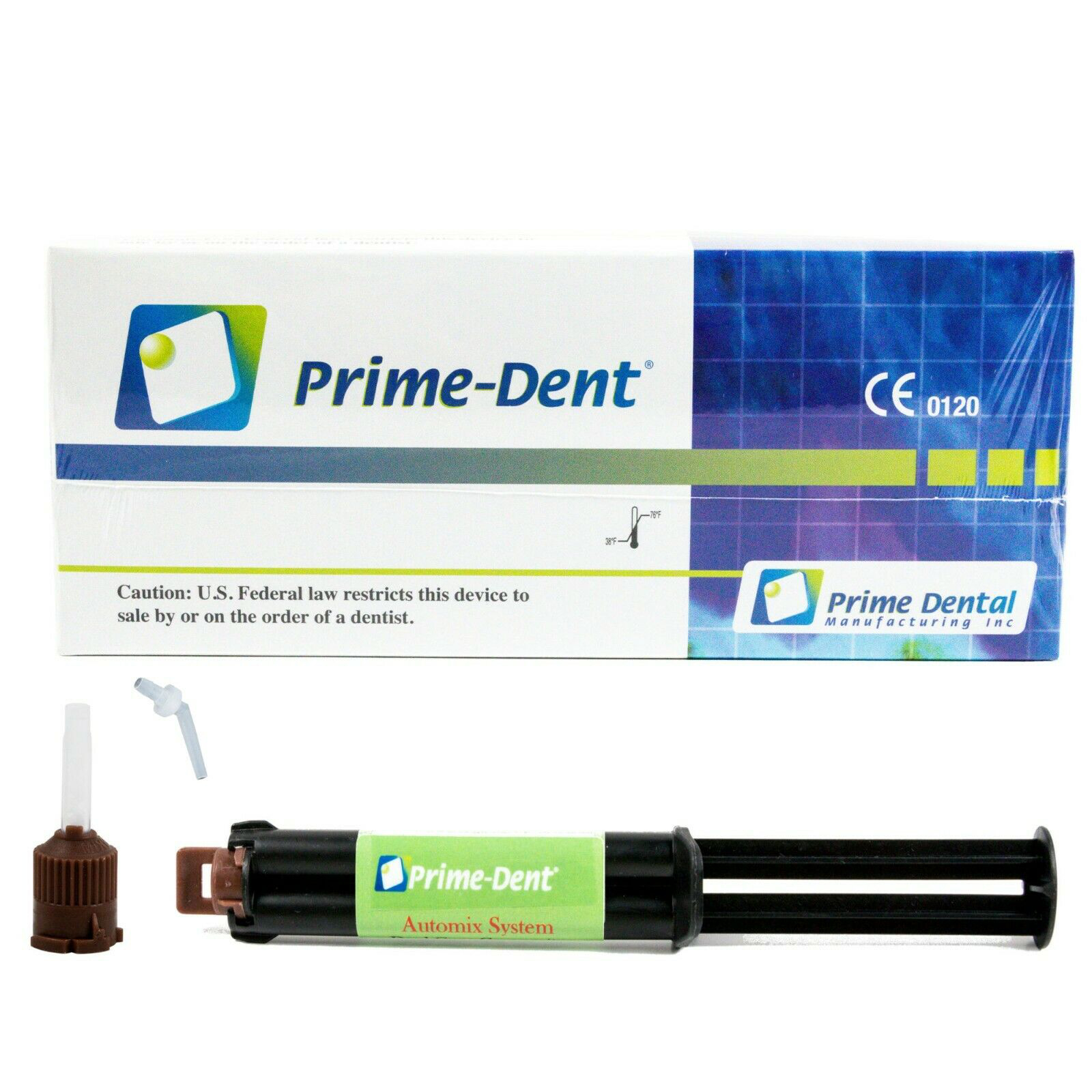Toddlers Gums Bleeding: Easy Remedies
Bleeding gums in toddlers can be a cause for concern for many parents. It’s essential to understand that bleeding gums can be a common issue in young children, but it’s crucial to address the problem to prevent any further complications. In this article, we will explore the reasons behind bleeding gums in toddlers and provide easy remedies to help soothe and heal their gums.
Understanding the Causes
Before we dive into the remedies, it’s essential to understand why toddlers’ gums might be bleeding. Some common causes of bleeding gums in toddlers include:
- Gingivitis: This is a mild form of gum disease that can cause inflammation and bleeding. It’s often caused by poor oral hygiene, which can lead to the buildup of plaque and bacteria on the teeth and gums.
- Teething: When toddlers are teething, their gums can become swollen and bleed. This is usually a temporary issue that resolves on its own once the tooth erupts.
- Vitamin deficiencies: Deficiencies in vitamins such as vitamin C or K can cause bleeding gums.
- Trauma: If a toddler falls or hits their mouth, it can cause their gums to bleed.
Easy Remedies
Now that we’ve explored the causes, let’s look at some easy remedies to help soothe and heal bleeding gums in toddlers:
- Saltwater rinse: A saltwater rinse can help reduce inflammation and kill bacteria. To make a saltwater rinse, mix 1 teaspoon of salt with 8 ounces of warm water. Use a soft cloth or gauze to gently wipe the gums with the saltwater solution.
- Cold compress: A cold compress can help reduce swelling and ease pain. Simply wet a cloth with cold water, wring it out, and apply it to the affected area for a few minutes.
- Gum massage: Gently massaging the gums with a soft cloth or your finger can help increase blood flow and reduce inflammation.
- Topical anesthetics: Topical anesthetics such as Orajel or Anbesol can help numb the area and reduce pain. However, always consult with your pediatrician before using any medication.
- Good oral hygiene: Encourage good oral hygiene habits such as brushing teeth gently with a fluoride toothpaste and flossing once a day.
Preventative Measures
Prevention is key when it comes to bleeding gums in toddlers. Here are some preventative measures you can take:
- Brush teeth regularly: Brush your toddler’s teeth at least twice a day with a fluoride toothpaste.
- Floss daily: Floss your toddler’s teeth once a day to remove any food particles and plaque.
- Limit sugary snacks: Limit sugary snacks and drinks to reduce the risk of tooth decay and gum disease.
- Schedule regular dental check-ups: Schedule regular dental check-ups with your pediatric dentist to monitor your toddler’s oral health.
When to Seek Medical Attention
While bleeding gums can be a common issue in toddlers, there are times when you should seek medical attention. If you notice any of the following, consult with your pediatrician:
- Excessive bleeding: If the bleeding is excessive or doesn’t stop after a few minutes.
- Increased pain: If your toddler is experiencing increased pain or discomfort.
- Fever: If your toddler has a fever or shows signs of infection.
- Difficulty eating: If your toddler is having difficulty eating or swallowing.
FAQ Section
How often should I brush my toddler's teeth?
+You should brush your toddler's teeth at least twice a day with a fluoride toothpaste. However, always consult with your pediatrician for specific advice.
Can I use topical anesthetics on my toddler's gums?
+Always consult with your pediatrician before using any medication, including topical anesthetics. They can provide guidance on the best course of action for your toddler's specific needs.
How can I prevent bleeding gums in my toddler?
+Preventing bleeding gums in toddlers involves encouraging good oral hygiene habits, limiting sugary snacks, and scheduling regular dental check-ups. By following these preventative measures, you can reduce the risk of bleeding gums and promote healthy oral development.
In conclusion, bleeding gums in toddlers can be a common issue, but it’s essential to address the problem to prevent any further complications. By understanding the causes and using easy remedies such as saltwater rinses, cold compresses, and gum massages, you can help soothe and heal your toddler’s gums. Remember to always consult with your pediatrician if you notice any signs of infection or excessive bleeding. With good oral hygiene habits and preventative measures, you can promote healthy oral development and reduce the risk of bleeding gums in your toddler.
